If you wish to witness and explore the epitome of architecture. Then Lahore is an ideal site to visit and behold history and architecture in its pristine form. You know Lahore because of Iqbal’s mausoleum, badshahi mosque. But there is a lot more that requires your attention.
In this article, we must explore the top buildings which constructed during the precolonial times . Lets try to reflect Mughal, Victorian and gothic styles.
The Versatile Design of Buildings in Lahore
The design and construction of buildings in Lahore are versatile and unique. The variety comes from the emerging empires which have ruled the region one after the other . Among these, the most recent rulers chose Islamic and Victorian architecture.
Ease of access to sunlight and staying connected with the rest of the region. But, the architecture in Lahore has some unique set of vibes .Visit these sites with your friends and family.
The Famous Buildings of Lahore

A point to observe while visiting Lahore is the presence of thirteen historical gates. These built by the ruling empires and used for entering the historical and rich city from different directions. In case you have not heard of any name, do search for Lahori gate. Akbari gate, Shah Burj gate. Khizri gate, Kashmiri gate, Yakki gate, Masti gate and raushnai gate on google map. Moving ahead, hathi paer, kala burj, khilwat khana. maktab khana and Jahangir’s. Quadrangle are also some masterpieces of their times . One appealing thing about all constructions is the presence of a beautiful garden.
Architechure
We can not overlook the beautiful architecture which can seen in some beautiful mosques in the city. Every gate surrounding the walled city holds its value and prestige. Bhatti Gate is famous as the hub of arts and literature. The mausoleum of the renowned sufi saint Data Ganjbaksh known as Data Darbari is right next to the gate. It serves as the starting point for Hakiman Bazaar quite close to Fakir Khana Museum.
Kashmir Gate
. The college built on an old haveli is a perfect example of Mughal architecture. Lohari Gate is another famous gate located quite close to Bhati gate . As there are many workshops of blacksmiths right outside the gate. Next, we have the gate known by many names such as the gate of lights or the gate of splendor. But, the most popular name is the Roshnai Gate. it is the only gate that still stands in its true condition between Badshahi mosque and the Lahore Fort. We have the Gate of the Lions called the Shairanwala Gate built by Ranjit Singh . He placed two alive lions within cages at the gate as a warning sign.
Walled City
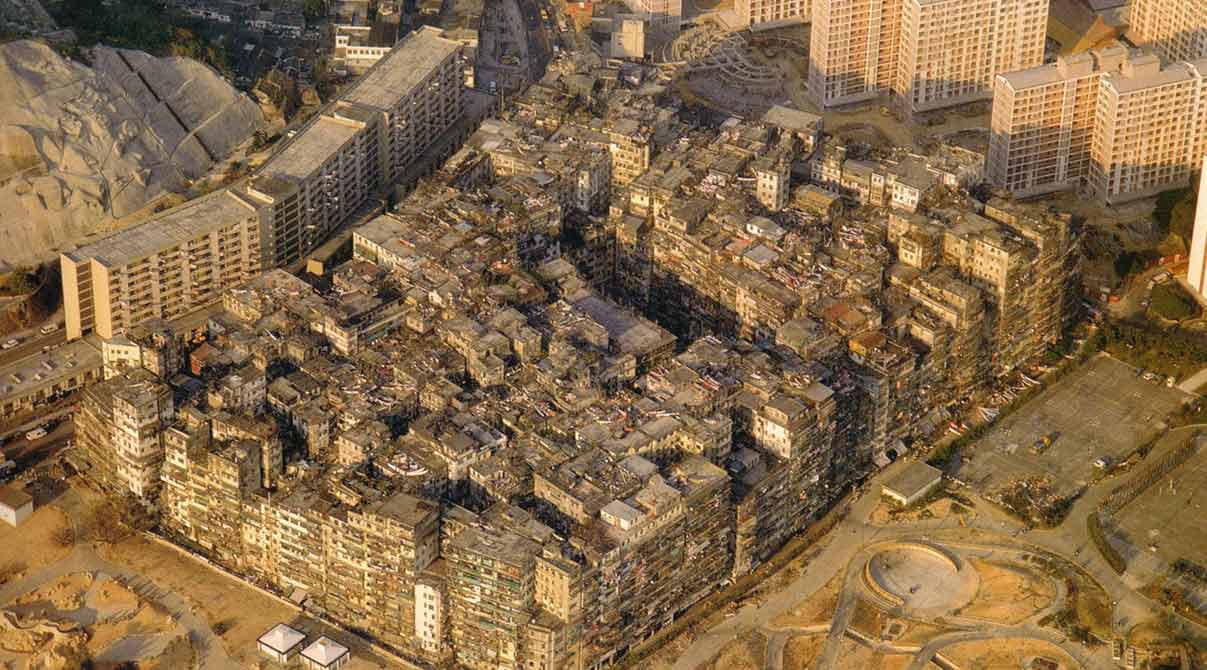
Sheesh Mahal

Sheesh Mahal is a wonder of its kind. Although it has lost many pieces of mosaic due to the negligence of the local authorities. It still presents a perfect picture of the grandeur. The Mughal civilization was a perfect amalgam of Persian cultural norms and traditions. The name Mughal itself indicates its origin from the remove sources. The resultant artistic designs were evident in the gigantic structures used to construct the fort .
Architechure
The architecture reflects the craftsmanship of the people living in the Mughal dynasty. Every Mughal emperor has contributed to the beauty of this fort. The Emperor built an Audience Hall to address and resolve the public and private state of affairs. Emperor Jehangir decorated the walls of the fort and completed the work left by his late father. The Emperor established a complex of buildings surrounding his court. The beautiful Shalimar Gardens were also built during the reign of Emperor Shah Jehan. These had a strong Persian influence on the Mughal artistic designs.
Mughal Emperor Akbar built walls the protection of the city from enemy invasions. Furthermore, this walled city elevated compared with the rest of the region providing a detailed view of the land. The city renowned for its strategic location giving abundant opportunities for trade and business. The ease of communication also paved the way for the city to develop . For an easier understanding of the map, you can divide Lahore into the old and new city. The former represents the archaic glory of this region whereas the new city portrays the prospective vision about the forthcoming development in the region for the prosperity of the empire. As the walls built during the reign of the Mughal empire started to decay with time, Ranjit Singh administering the Sikh empire renovated the walls adding a deep broad ditch around the walled city. The intent of the ditch was to enhance the beauty of the region with long and expanding gardens.
Related: The Appealing Sikh Gurdwara in Lahore
Mughal Architecture: Fusion of Tradition and Emerging Trends
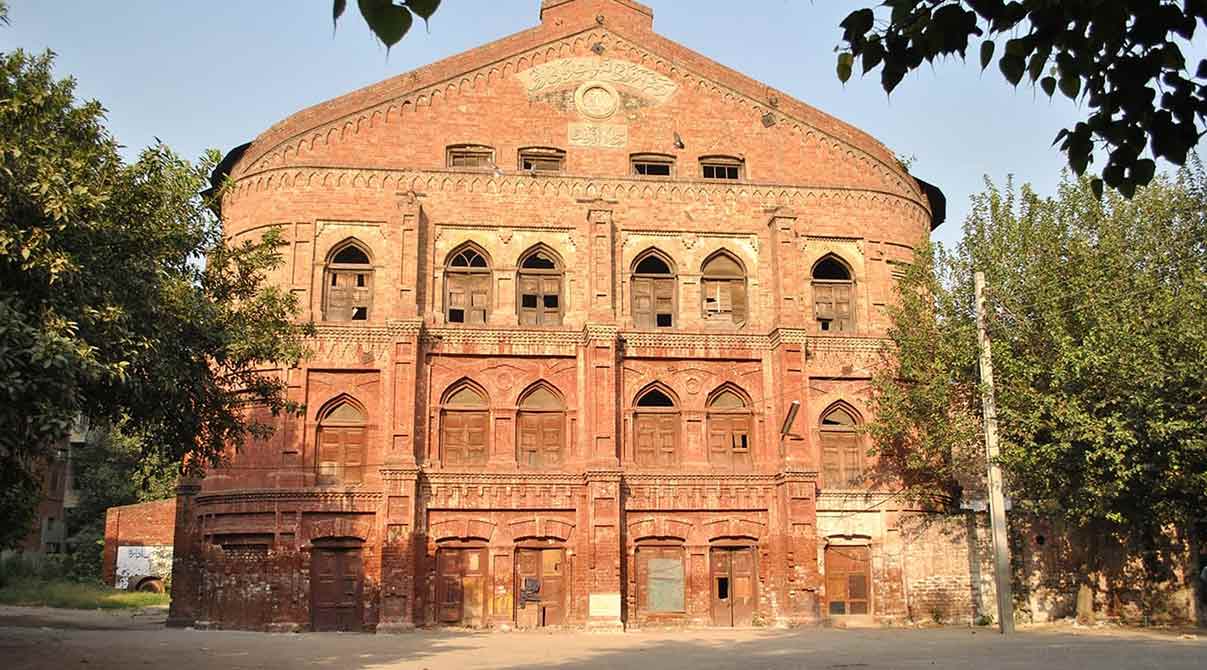
If you wish to witness a fusion of Muslim norms and traditions with the cultural practices of the indigenous people living in the region, the reign of Akbar provides an ideal example. Although the Mughals governed a population that was Hindus alongside people following their local beliefs, the emperors displayed tolerance towards the differing beliefs and practices. Furthermore, their architectural, literary and aesthetic differences were also retained in accordance with the norms practiced by their forefathers. These circumstances led to the amalgam of creativity and culture, history and innovation giving rise to the unique Mughal architecture. The Mughal artists made the architecture within the constructions of that time by fusing the European, timurid, Islamic and Indian styles to come up with a combination of all civilizations. Every Mughal emperor brought some changes into the artwork of his court to keep the heritage on one hand and present one’s unique kingdom on the other side. If some individual wishes to witness the grandeur of the Mughal dynasty, the best sites to witness their glory are palaces, forts, mosques and tombs.
Mughal Courts
On the other side, the Mughal courts were also designed to present wealth and power held by the Mughal emperors so that the courtiers may remain loyal to the empire and governing personnel. Pertinent changes were always incorporated by demolishing the old structures and rebuilding the new ones based on the likes and interests of the new ruler. Keeping in view the religious principles to avoid deviating from the set codes, the tombs built during the Mughal empire also presented a perfect example of Mughal architecture. None of the entrances to the room had doors. This refers to Mughal attempts of fusing Islamic teachings with needs and emerging aesthetic trends of that time. These are some buildings in Lahore that present rich history of architecture.
Sikhs and The Golden Temple
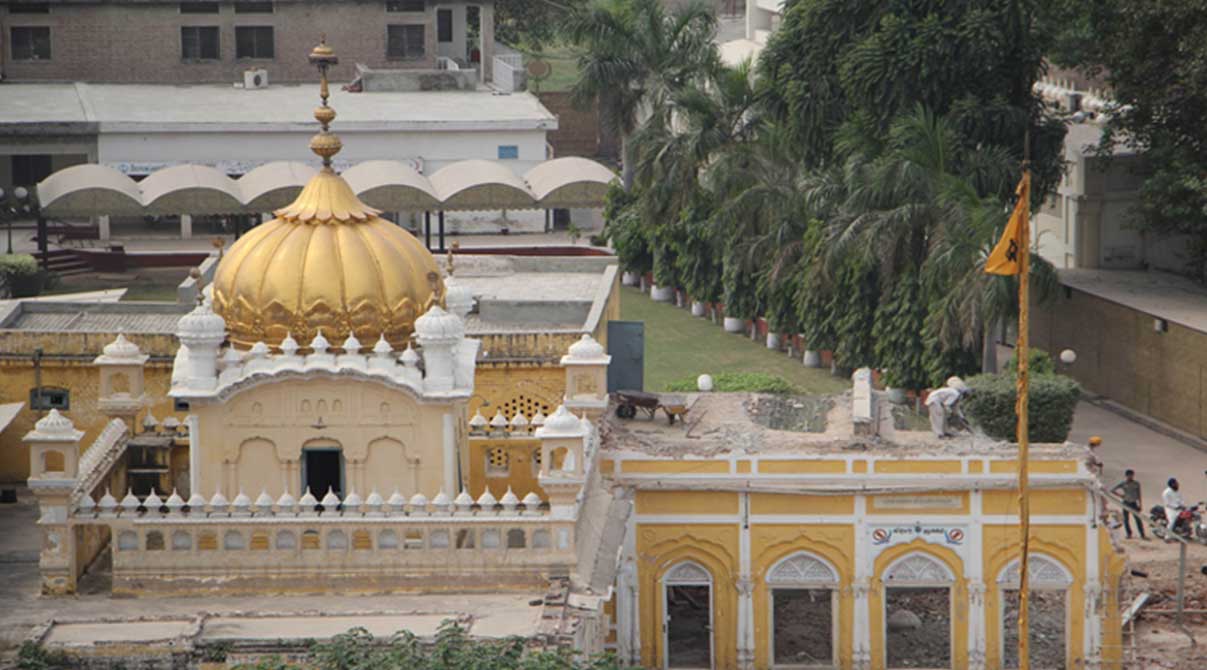
In case you are thinking that Mughals are the sole custodian of the region their unique architecture and choice of designs chosen for building forts, palaces, mosques and buildings, you are ignoring the presence of some renowned gurdwaras in the region. You are getting it right as the Sikhs architecture is also famous for symbolizing pristine beauty, intricacy and incessant progressiveness through the flowing lines in the majority of the constructed walls. The golden temple stands as an ideal example of comprehending the Sikh architecture with its straight lines and many curves. Moving ahead, the gurdwara, known as a guru’s dwelling place, also stands as an all-inclusive representation of the Sikh architecture.
Samadhi of Ranjit Singh
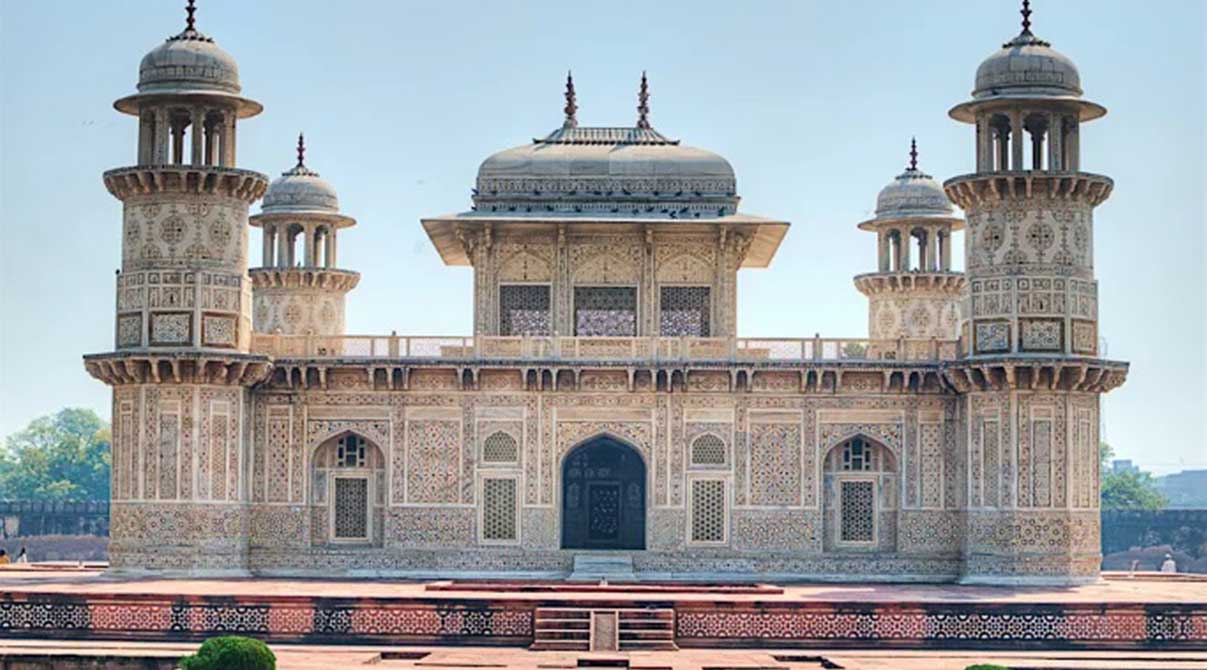
If you get a chance to visit Badshahi mosque and the Lahore Fort, you can’t miss the mausoleum of Maharaja Ranjit Singh known as the Samadhi of Ranjit Singh can not overlooked. Kharak Singh started the construction of this mausoleum after the cremation of his father which completed by his other son, Duleep Singh. The gilded fluted domes and the ornate balustrade at the top alongside cupolas make the mausoleum unique from the rest of the constructions that you find within the city, be it modern or historical. Although the ashes of Ranjit Singh are preserved in a lotus-shaped urn made of marble, there are two monuments located west of the main mausoleum to commemorate Nau Nihal Singh and Kharak Singh and their family.
Related: Brief Look at Lahore – The Heart of Pakistan
British Raj
The British Raj had its own taste arts, culture and civilization. The architects of the eighteen and nineteen centuries applied the eclectic approach combining the victorian, gothic and Mughal styles to build the colonial architecture diverse in style, rich in terms of cultural heritage and presented the British as the custodians and masters of all these ancient civilizations and their cultures. The list of buildings constructed on British principles and architectural taste is quite long. Let us look into it so that you can discriminate one from the other. The British government constructed the General Post Office buildings to honor and commemorate the golden jubilee of Queen Victoria. Many monuments and clock towers were built on the account of this celebration across British India.
Badshahi Mosque
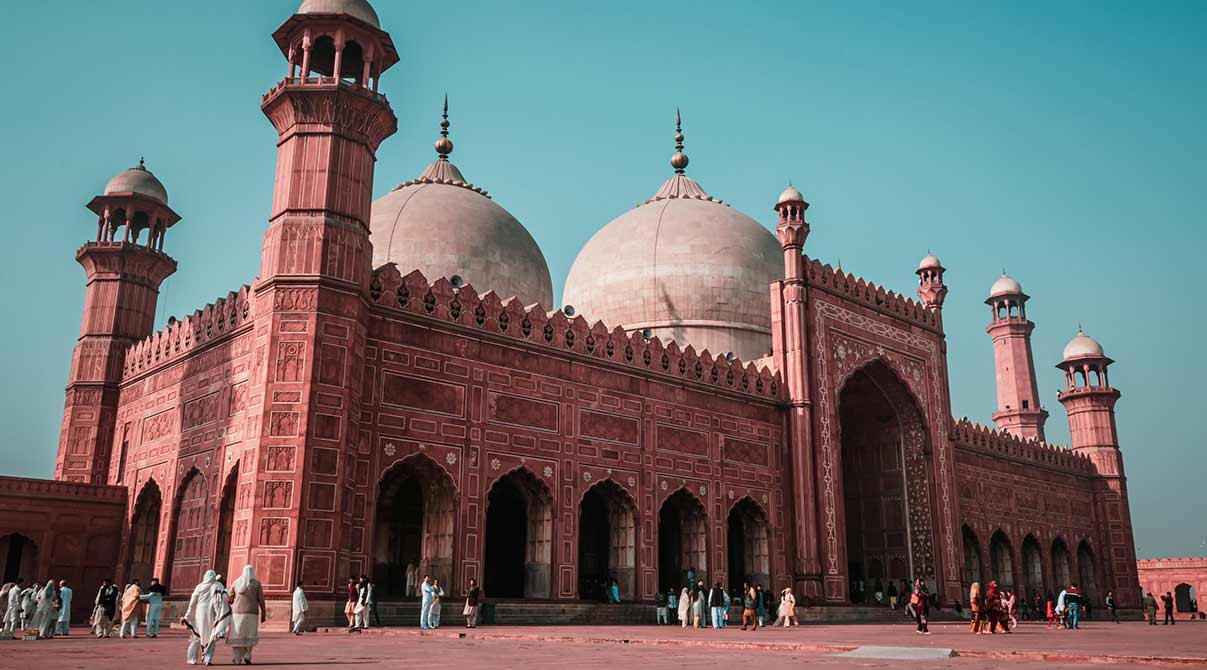
The influence of religion is evident in most of the buildings constructed during the reign of Muslim empire. Most of the architectural monuments that we find in the city are meant to collect and disseminate the teachings of Islam across the world. Badshahi Mosque represents the zeal of the Mughal emperors of that time for spreading the light of Islam.
The gigantic architecture of this mosque and the artwork found in its walls signifies the spirit of Islam filled in the hearts and souls of the resident of that epoch. That was not the only mosque. There were others built for ladies as well such as the Zenara Masjid built near the Quadrangle for ladies. You can find Masjid Sardar Jahan known to be the most primitive mosque during the reign of Jahangir and built close to Lohari gate. The golden mosque also termed as Sunehri mosque was built during the last stages of the Mughal empire. Emperor Shah Jahan built Masjid Sara i Shahjahani next to the tomb of Emperor Jahangir. Hence, you can find plenty of mosques built by the aesthetic taste of the Mughal emperors.
Shrine of Data Darbar

The renowned Sufi saint of his time, Data Ganjbaksh is always admired for his incessant contribution to the spread of Islam in this region. , his shrine was established next to the mosque he built in Lahore in the eleventh century. A belief emerged about Sufi saints in the Muslim community that spiritual powers are affiliated with the burial sites of these Sufi saints. So, the shrine was rebuilt to commemorate his services during the reign of the Mughal emperors. The shrine was expanded under the Pakistani administration, particularly during the tenure of president Zia ul Haq.
Tomb of Jahangir

The Tomb of Jahangir is a mausoleum constructed in the seventeenth century for emperor Jahangir. The mausoleum is located in Shahdara Bagh, Lahore and dates back to 1637 along the banks of Ravi. The site is famous for being decorated with marble from the inside and pietra dura to beautify its outer boundaries. It stands among the UNESCO’s declared World Heritage sites.
Read More: The Wonders of World – Lahore Fort
Hazuri Bagh Baradari

If you are aware of the Hazuri Bagh in Lahore, there is a baradari of white marble located in this bagh built by Maharaja Ranjit Singh, the renowned Sikh ruler of Punjab in the celebration of annexing Koh-e-Noor diamond from the custody of Shuja Shah Durrani. The baradari’s construction completed in 1818. The central area has a ceiling made of mirrors.
These are the amazing wonders that Pakistan has to offer. Moreover These buildings are a reflection of the great history the nation is a part of. They are not physical entities only, rather they are a reminder of the past stories. They have so much to say and explain to us. We can learn loads of lessons from them. Hence, we should try our best to save this heritage.









